Today, companies have a vast array of customer feedback collection methods to choose from; and for good reason – they provide different value, under different conditions. So, understanding the different kinds of feedback you need to drive increased value to your customers will help you select the right portfolio of tools to capture the variety of customer insights that you need. Have you ever observed the interactions of your call center agents for a day, or rode along with a member of your sales team? You quickly realize just how much variety exists within your customer touch-points and it won’t take you long to realize that not all this feedback has the same value to your business. So, why do most companies rely on just one or two methods of collecting feedback from their customers?
The following are variables that should be considered when selecting the Voice of Customer approaches that you plan to use.
- Cost – Will the value of the feedback received outweigh the cost of the Voice of Customer approach used. The balance between feedback detail and cost needs to be established.
- Customer – The truth is, different customers have different values to your business. The effort you go to for the most valuable customers that dictate your success should be different than the broader base customers.
- Scope – How you approach thousands of small customers will likely be different than how you approach a small number of customers that produce most of your revenue. Balance of cost for depth of insights, as well as the experience of the feedback collection itself matters.
- Role – Especially in complex B2B environments, multiple levels of the customer organization may be involved in the purchase and experience process. Operational roles will have different feedback to provide than will purchasers or organizational leaders.
- Engagement – Understanding the experiences and long-term impressions that a customer has with your brand is very different than assessing their satisfaction with a recent interaction.
- Impact – Feedback that will direct long term Strategic Planning, can be different than feedback that will drive continuous improvement. The use of the feedback needs to be considered.
- Measurement – While some tools are great at gathering in-depth, subjective insights, others are great a providing objective quantitative metrics that can be tracked over time.
- Horizon – How you collect feedback will change if you are seeking input on historical experiences, vs. what your customer wants from you in the future.
- Frequency – Some feedback is important to collect on an ongoing basis to allow for rapid response and course correction. Likewise, more strategic feedback is more appropriate to be captured on a less frequent basis.
These variables will be different for each of your customer segments. This obvious fact necessitates both consideration for the right Voice of Customer method, but also the need for more than one Voice of Customer method across your business. Only in this way can you gain a comprehensive perspective of the Customer Experience you are providing. To select the right tools, determine what you want to accomplish with the feedback, what kind of insights you need to achieve your goals, which customers you are targeting, and who within your customers will be able to provide the most actionable input.
Interested in learning more use this link to read our White paper "How to Create a Successful CX Program"











Leave a Comment